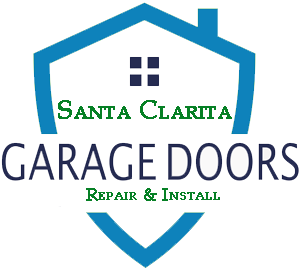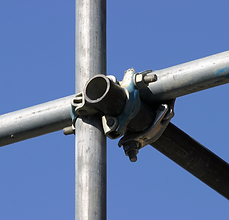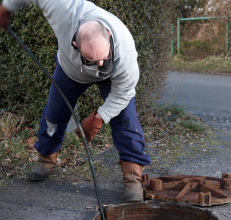

Investigations of embellishment structures record a movement from the stable or carriage house to the carport. At the point when the auto showed up, it was frequently put away in the outbuilding or carriage house. Afterwards, in any case, as the auto became pervasive, the carport took on its very own structure type. As per “Carports in Salt Lake City’s Avenues District,” numerous attributes of the carriage house were adjusted to oblige the vehicle. For example, because of dread of its expected combustibility, the carport was withdrawn from the house and found separation from it, generally along a back street, on the off chance that one existed. Additionally, different heat-proof materials were utilized in carport dividers, including vitrified block, cast concrete, squeezed metals, or empty tile. Rooftop materials included record, metal, earthenware, wood, black-top, and asbestos. Initially, carport entryways were like those seen generally on stables and carriage houses: swinging doors that were side-pivoted or that slid on a level plane.Garage door repairs attleborough follows the basic rules. The utilization of swinging doors, at last, offered a path to an in an upward direction moving overhead carport entryway, which was the model for the electric carport entryway. The area of the actual carport moved as proprietors turned out to be less stressed over the danger of combustibility. During the 1920s, property holders started to assemble carports to the side of their home, and by the 1960s the carport was regularly important for the house.
Protecting or Rehabilitating
Memorable Accessory Structures
Essential Materials
Large numbers of the materials that have been utilized truly in embellishment structures are those utilized in the development of essential structures. The qualities, use, fix and substitution of these materials are tended to in the previous parts. In saving or restoring adornment structures, it is imperative to save the first materials to hold the personality of the memorable construction and its relationship to the house.
Rooftop Forms and Materials
Most memorable extra constructions had gabled or shed rooftops, with level rooftops getting more normal from the 1930s. Roofing materials included record, metal, earthenware, wood, black-top, and asbestos. Landowners are urged to utilize period-appropriate rooftop structures and materials if undertaking more broad ventures, for example, changing over a frill construction to another utilization. Be that as it may,because frill structures are regularly subordinated to the fundamental house, more noteworthy adaptability in their treatment might be fitting.
Preserve a memorable embellishment building when possible.
- When treating a notable adornment building, regard its character-characterizing highlights such as essential materials, rooftop materials, rooftop structure, noteworthy windows, notable entryways, and design subtleties.
- Avoid moving a noteworthy optional construction from its unique area if conceivable.
New extra structures ought to be developed to be viable with the essential design.
- all in all, carports ought to be subtle and not contend outwardly with the house.
- While the roofline doesn’t need to coordinate the house, it ought not to fluctuate altogether.
- Appropriate materials may incorporate flat siding, wood shingles, block, and at times plaster.
- For the situation of a two-vehicle carport think about utilizing two single entryways since they help to hold a feeling of human scale and present a less clear look to the road.
Attaching carports and garages to the essential construction ought to be kept away from.
- Typically before c. 1940 a carport was a different structure, at the back of the part, and this example ought to be kept up where conceivable.
- The City thinks about connected adornment structures dependent upon the situation.
- A connected carport might be treated as an expansion.



